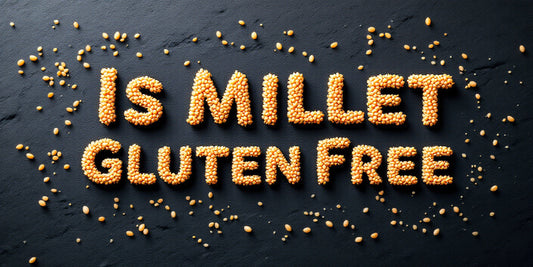

Raw Meats: Advantages and Disadvantages
Table of Contents
By: Dina Barela
Nowadays when we think about healthy eating, we automatically think of clean eating. Clean eating is typically believed to be foods that haven’t been processed prior to entering our mouths. We are societally programmed to view the middle aisles of the grocery store as the equivalent to the walk of shame, so we stay away. But does that mean the foods located along the perimeter of the store are exempt from the dreaded “processed foods” label once they’ve made it to our homes?
No, it’s actually the opposite. The term “processed foods” actually refers to food that has undergone a series of chemical operations in order to change it. This means heating up food with the purpose of cooking it. Mixing foods and spices together technically also falls under the category of “processed foods”. This doesn’t mean clean eating has been compromised and we have to switch to a raw meat diet. It’s quite possible maintain a healthy lifestyle through both cooked and raw foods.
 Raw Foods: Advantages and Disadvantages
Raw Foods: Advantages and Disadvantages
Often times, raw meats and foods aren’t the most popular choice. Most people are fearful of the safety issues that are frequently discussed publicly. Freezing meat 2 weeks prior to ingestion and defrosting it in the fridge allows for potential pathogens to be eliminated. Eating raw foods is better for weight loss and all of the vitamins are maintained, including the water-soluble C and B-Complex. Raw meats contain a higher level of moisture so it allows for a lighter feeling in our stomachs. Non-cooked cured meats such as sausage and salami are held at a high regard due to the probiotic health benefits.
While there are advantages to ingesting raw foods, there are certain concerns that deserve attention. Chicken contains polyunsaturated fats that are apt to oxidation, even at room temperatures. Once fats have been oxidized, they become inflammatory. Mishandling of raw meats lead to foodborne illnesses and potentially death. According to several studies, raw meats, are the second dangerous category of food.
Cooked Foods: Advantages and Disadvantages
Cooked foods are the most common foods eaten. It generally has a better taste when compared to raw. Applying heat to meats allows for certain bacteria to be killed off. By eating cooked foods, the moisture content is lowered and grants the option to eat less based on caloric intake. Cooked foods give us less active guts. Bacterial introduction is eliminated once food is cooked. Eating cruciferous vegetables in conjunction with cooked meats allot for heat sensitive water soluble vitamins to be maintained.
Advanced Glycation End-Products (AGEs), the products formed when protein and sugar interact with a heat source. AGEs is responsible for the beautiful brown color on your cooked food. AGEs has been proven to be a catalyst in the physical degeneration process. Many studies have proven the physical degeneration is very minutely impacted by the AGEs formed from cooking.
Cooking meat at high temperatures cause carcinogens to be produced. When proteins, sugars, and creatine react with the high temperatures, they create Heterocyclic Amines (HCAs) and Polycyclic Aromatic Hydrocarbons (PAHs). PAHs are a group consisting of more than 100 different chemicals released during the burning of coal, oil, and wood. PAHs are responsible for the barbeque flavor. Multiple studies have produced inconclusive results of HCAs and PAHs having a direct link to cancer at small amounts. Cooking at low temperatures and using Olive Oil, Grape Seed Oil, Rosemary Extract, and Onion Powder are ways to reduce HCAs.
Raw or Cooked: Which way to go?
Deciding to eat food raw or cooked is to be determined based on personal preference. Both options present many health benefits and concerns. Every person is different and should choose whichever option helps reach health and energy goals.
 Dina Barela
Dina Barela
Personal Training and Online Coaching resultsbydina.com *

















